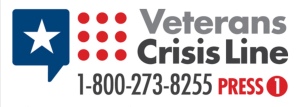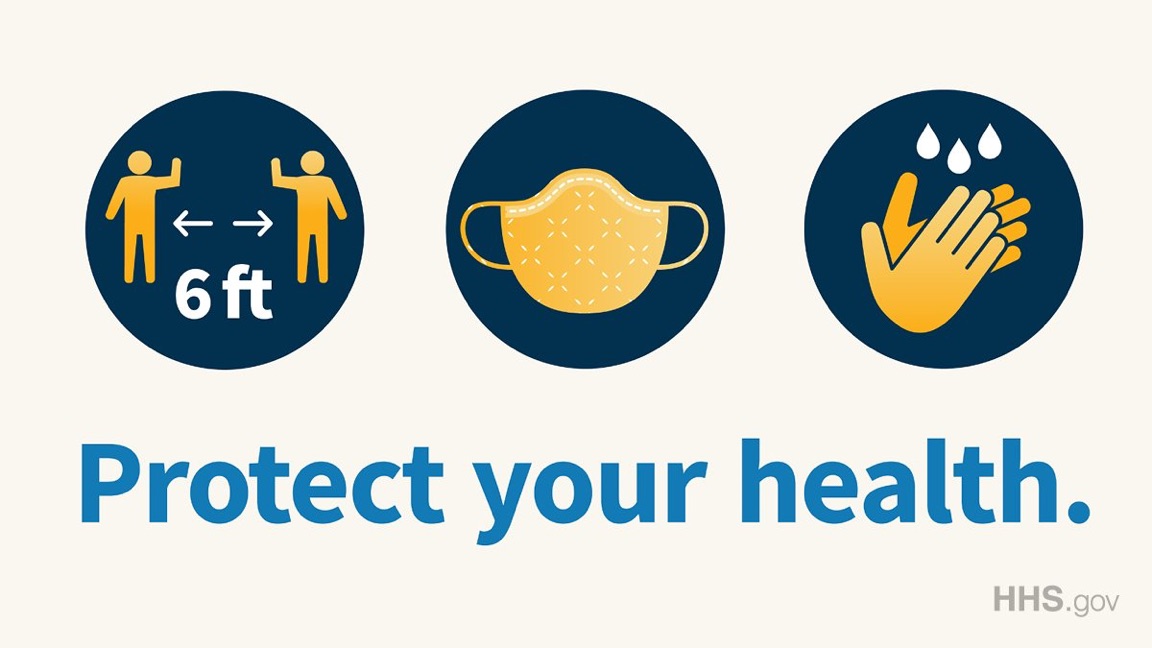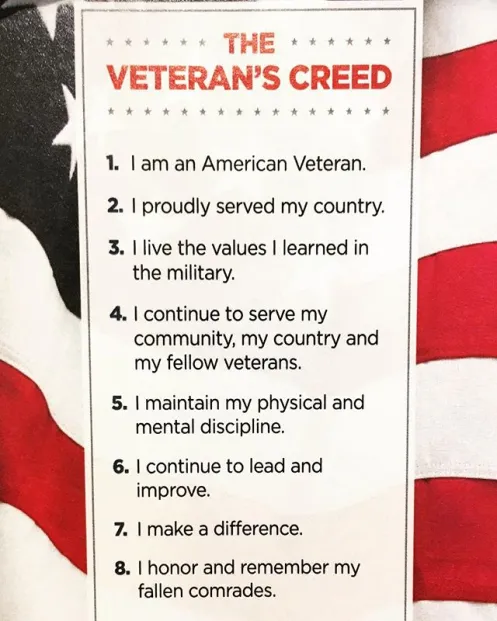
The Kūkā‘ilimoku is the official e-newsletter of the 154th Wing, Hawaii Air National Guard. The first issue came in September 1957 and continues as an e-newsletter today.
Today we feature the April 1989 Kūkā‘ilimoku issue. This issue includes the following stories:
* National Guard Bureau generals visit
* Lt Col Michael Reavis, new Air Force Advisor
* F-18 Lancers (VMDA-212) train with the 199th Fighter Squadron
* CAM Sq News & Views
* Promotions: including Steven Wong, Cesar Pudiquet, Rochelle Flores
* Sports News
Most people who have an aneurysm don’t know it. But if it bursts, it can be life-threatening and cause brain damage. What to know:

This undated photograph shows the end of runway crew recovering a McDonnell Douglas F-4C Phantom. After the landing, the maintenance crew did a quick check of the aircraft and recover the drag chute. A loud environment with two engines running on a very hot tarmac.
From the Go Banking Rates website
When a Social Security beneficiary is unable to manage their own account, they can have a representative payee step in to manage the account for them. This typically happens when the beneficiary is a child, a severely disabled person or a retiree suffering from advanced dementia.
A representative payee can be a person or an entity appointed by the Social Security Administration. As of December 2020 — the most recent data available — about 5 million Social Security recipients had representative payees, the AARP recently reported.

The Kūkā‘ilimoku is the official e-newsletter of the 154th Wing, Hawaii Air National Guard. The first issue came in September 1957 and continues as an e-newsletter today.
Today we feature the April 1981 Kūkā‘ilimoku issue. This issue includes the following stories:
* Cope Thunder Begins
* Sports News
* CAM Sq News & Views

Retiree John “JC” Chun continues to share photographs and individual identification. JC credited Gay Ross for ID assistance.
This photograph shows the Engine Shop crew in 2001. It was taken at the engine hush house by Misty Bicoy from audio/visual.
In the photograph are:
Top row (L-R): Frank Zabie, Andrew Gregor, Mark Peleholani, Sy Kageyama, John ‘BJ’ Wahinekapu, Kirt Adams, David Leong, Roy Hayamoto, Morgan Benevidas, David Snakenberg, Eric Macareg, Grant Suzuki, Jeffrey Banuilos, Byron Kamikawa, Harlesen Kang.
Second row crouching (L-R): Solomon Castillo, Richard Castaneda, Darin Oshiro, Patrick Lagmay, Gay Ross, Carmelo Lopez, Clifford Ono, Michael Crail, Keoni Johnson, Blayton Miguel, Wendell Reyes, Bonifacio Ugalino, Shawn Pangborn.
First row kneeling (L-R): John ‘JC’ Chun, Arnell Cabingabag, Brandon Gapol, Santo Ruiz, Jing Antolin, Rainier Raquion, Christine Spencer, Lance Yamashina, Peter Tan, Elwin Kaneshiro, Robert DeKine, Clayton Awa.
Great technicians

The Kūkā‘ilimoku is the official e-newsletter of the 154th Wing, Hawaii Air National Guard. The first issue came in September 1957 and continues as a monthly newsletter today.
Today we feature the April 1997 Kūkā‘ilimoku issue. This issue includes the following stories:
* Extremist Activities assessment
* 150th Aircraft Control & Warning Squadron Goodwill Ahi tournament
* Promotions: including: Glenn Suguwara, Antone Gabriel
* Family Support Group: Mobility – Something to Plan For
* Non-Commissioned Officer Academy Graduates Association (NCOAGA) News
* H-3 Run
* Dining Facility Update
Do you know someone you’d like to talk with about their experience in or with the military? Would you like to help preserve their story?
This June, Hawai‘i Public Radio is partnering with StoryCorps to gather two-person conversations as part of StoryCorps’ Military Voices Initiative.
What kinds of stories are you looking for?
Whether it’s stories of service… stories of being marginalized… or stories that fall somewhere in between… we expect your stories to be as nuanced and diverse as our island communities.
All are invited to participate, from service members and veterans and their families, to residents who have been impacted by military actions. StoryCorps sessions are intimate conversations between friends or loved ones, so we’re looking for pairs.
Where are the recordings taking place?
HPR and StoryCorps will facilitate approximately 50 recording sessions. Each recording session will take about 40 minutes. In-person recordings will take place in Hilo and Honolulu:
Hilo, June 8-10: The Lyman Museum and Mission House, 276 Haili St.
Honolulu, June 13-17: Hawai‘i Public Radio, 738 Kāheka St.
Virtual recordings will take place June 6-7 for those in Kaua‘i and Maui counties, with more dates possible based on demand.
Sign up for a recording session here. You’ll be prompted to choose your time slot and fill out your contact information.
We know there are Guard retirees and those currently serving who have personal stories to share. Your story may be back stories to notable events or interesting personal military experiences.
This request to share your military story is from Valerie Yee, Vice President & Asst General Manager of Hawaii Public Radio. Carol (Yamaguchi) Kellett referred her to Retiree News. If you have questions or need more information, contact Valerie Yee at vyee@hawaiipublicradio.org.
From the Everyday Health website
Your skin is made up of many different types of cells. When the DNA inside these cells becomes damaged, they can become cancerous.
The type of skin cancer you develop depends on the type of cell it started in. For example, if the cancer begins in the round basal cells below the skin’s surface, it’s known as basal cell skin cancer.
The three most common types of skin cancer are, in order from most to least: basal cell carcinoma, squamous cell carcinoma, and melanoma. While these make up most of the cases, there are other, rarer forms of cancer that can also affect the skin.
No matter what kind, skin cancer should be diagnosed and treated quickly to avoid complications.

The Kūkā‘ilimoku is the official e-newsletter of the 154th Wing, Hawai’i Air National Guard. The first issue came in September 1957 and continues as a monthly newsletter today.
Today we feature the April 2008 Kūkā‘ilimoku issue. This issue includes the following stories:
* 154th Maintenance Squadron included in 15th Maintenance Squadron AFOUA
* Eagle Vision in the Philippines for Exercise Balikatan 08
* 204th Airlift Squadron participates in Exercise Balikatan 08
* Inspections: UCI vs ORI
* Promotions: including Noreen Lucuab, Edward Tang
* Community College of the Air Force graduates
From the Images of Old Hawaii website

Bud Mars was the first man to fly an airplane in Hawaii on December 31, 1910. Piloting a Curtiss B-18 biplane, he flew to 500-feet over Moanalua Polo Field, Oahu. But it was Malcolm and Elbert Tuttle who were the first to lift off the ground in a homemade glider on October 23, 1910.
Earlier Retiree News about Bud Mars: Check Six – 1910: First Flight in Hawai‘i
Americans saw a number of changes to their retirement savings plans when the Setting Every Community Up for Retirement Enhancement Act, or the SECURE Act, was passed in late 2019. Lawmakers at the time said they weren’t done and have since proposed more changes.
With a 414 to 5 vote, the House of Representatives recently approved a second bill – the Securing a Strong Retirement Act of 2022 – that would continue to tweak the rules for contributing to and withdrawing from retirement savings vehicles.
Nicknamed SECURE 2.0, the legislation was introduced by Reps. Richard Neal (D-Mass.) and Kevin Brady (R-Texas), the two Congressmen who spearheaded passage of the original SECURE Act. The bill aims to encourage Americans to save more for retirement, in part by making that process easier. Now that SECURE 2.0 has passed the House, it’s on its way to the Senate. It’s widely expected that a law to enhance retirement savings will pass sometime this year, given the strong bipartisan support and the nearly unanimous backing of the original SECURE Act. Whether the final law that is eventually enacted will be SECURE 2.0, another bill in the Senate that is similar to SECURE 2.0 but has some differences, or a combination of the two, is right now anyone’s guess.
From the Medical News Today website
A heart attack is a medical emergency that results from the interruption of blood flow to the heart. Excessive alcohol use has associations with an increased risk of a heart attack.
Around every 40 seconds, someone in the United States has a heart attack. People with heart disease have an increased risk of a heart attack. Alcoholic cardiomyopathy is a type of heart disease that develops due to drinking excessive amounts of alcohol.
Additionally, frequent heavy alcohol drinking can damage the structure and function of the heart before symptoms occur.





